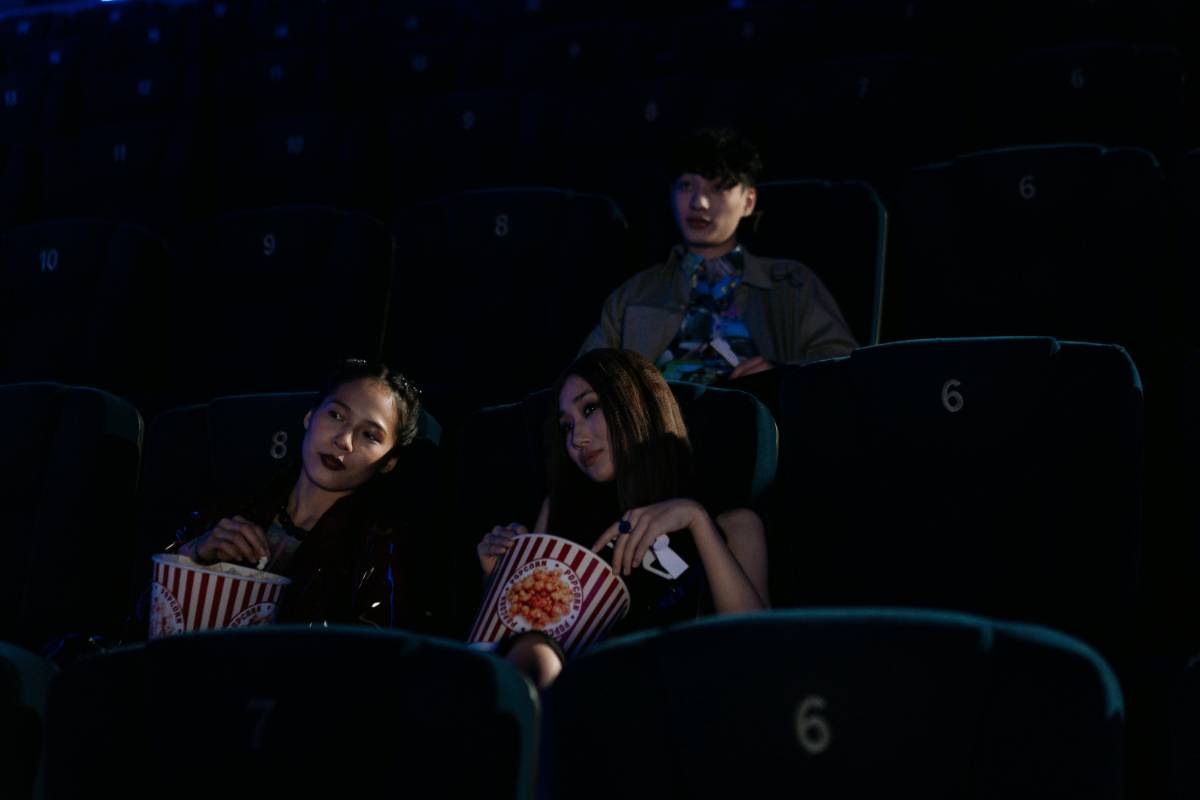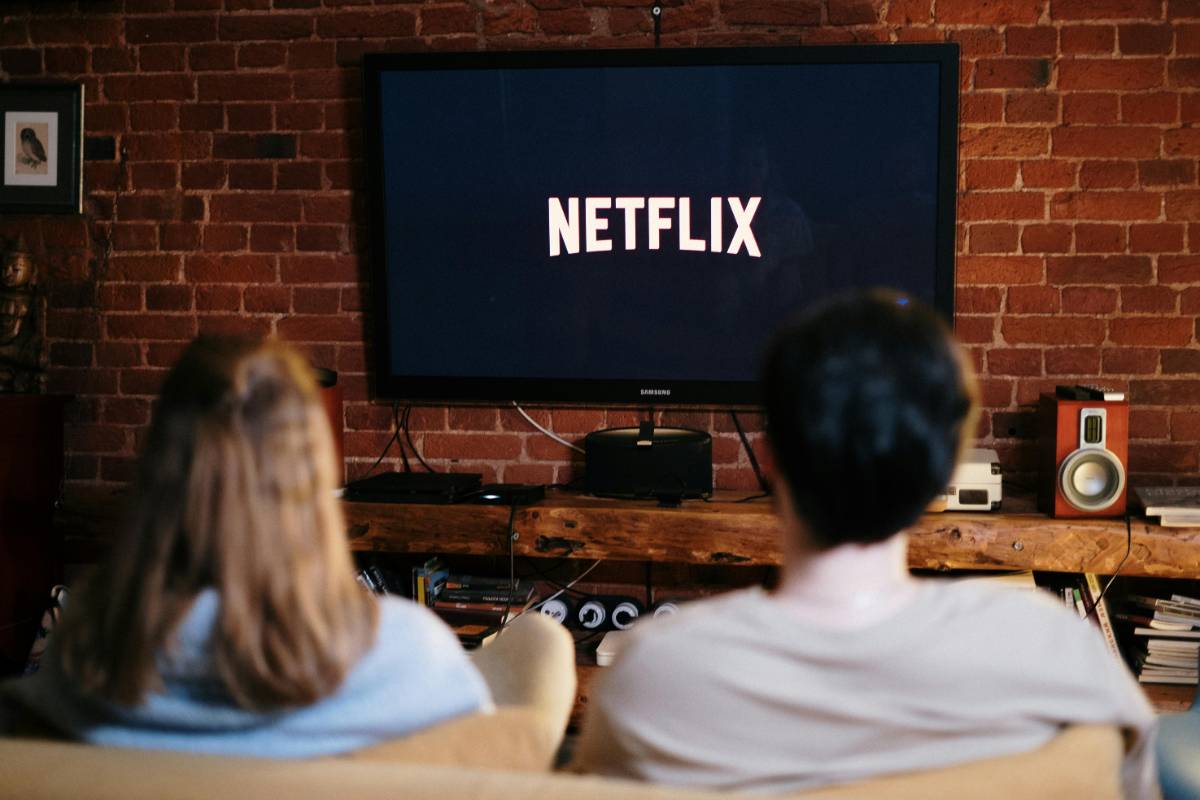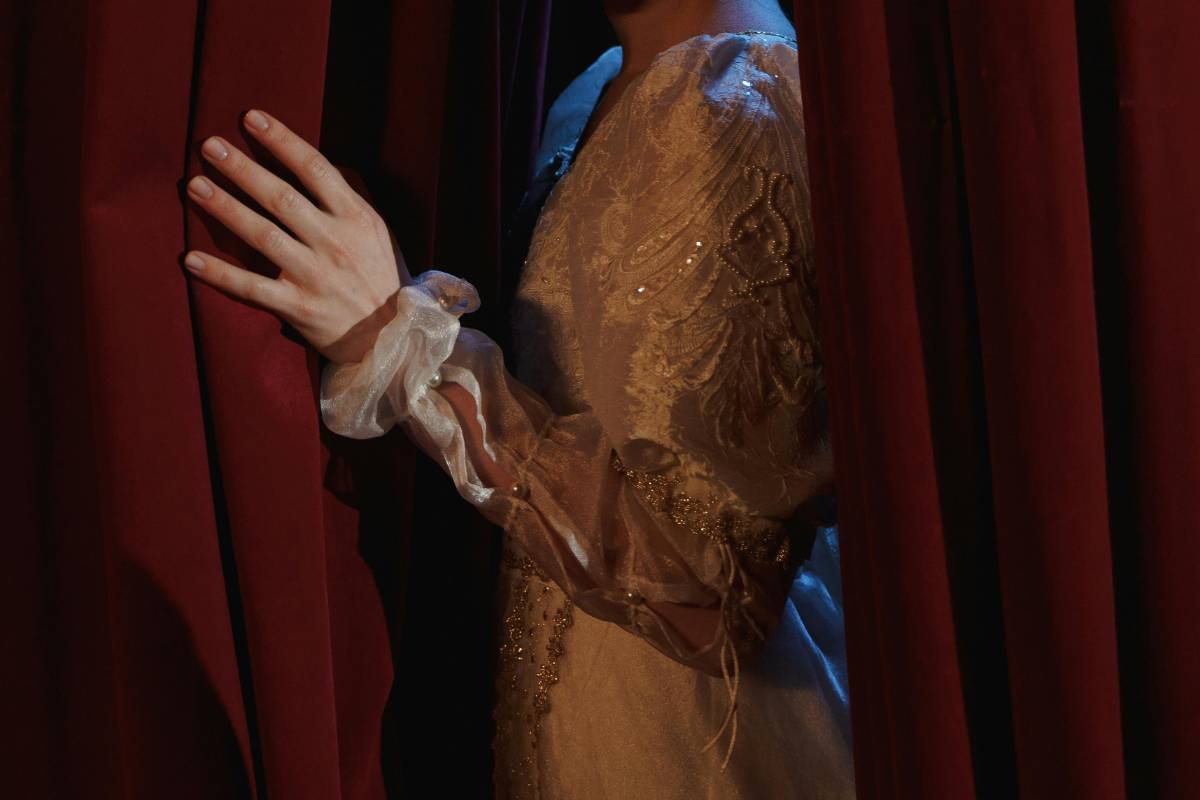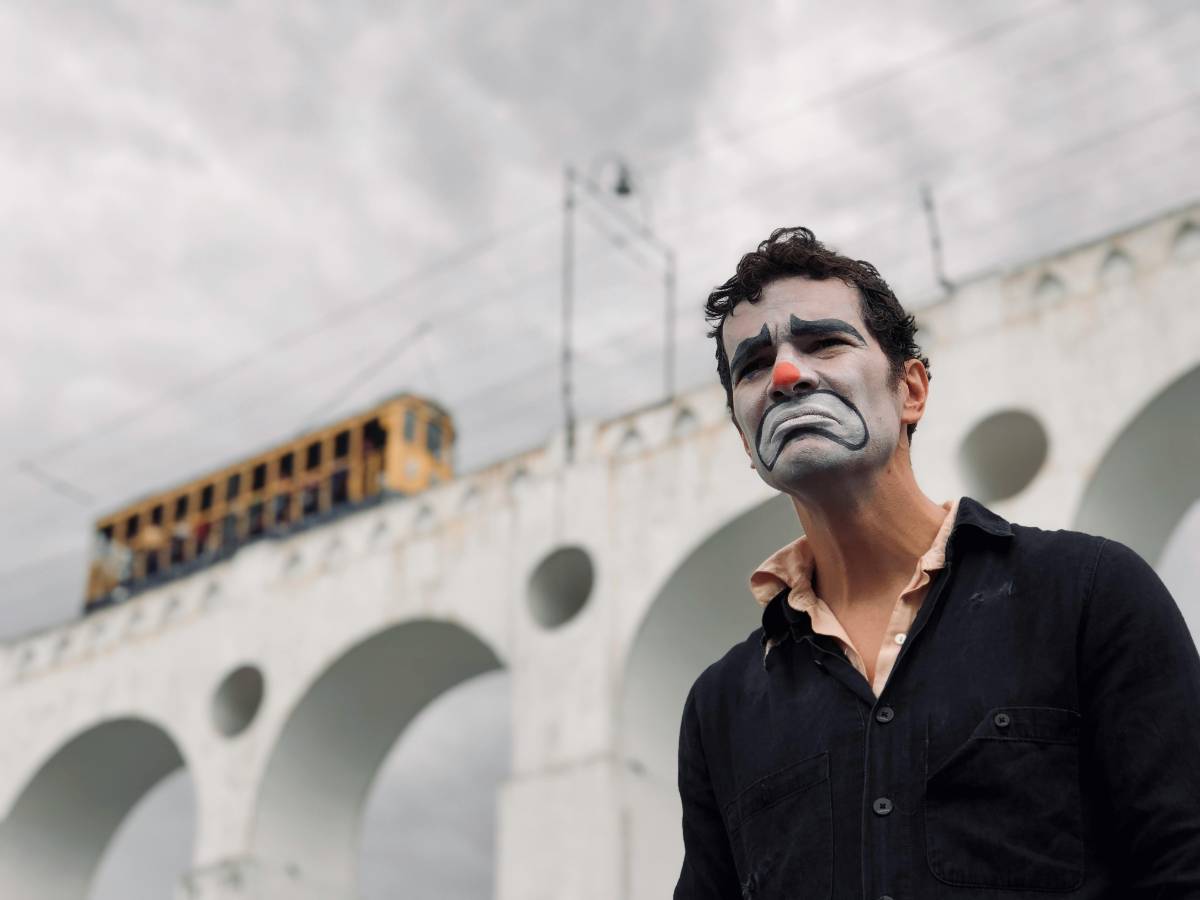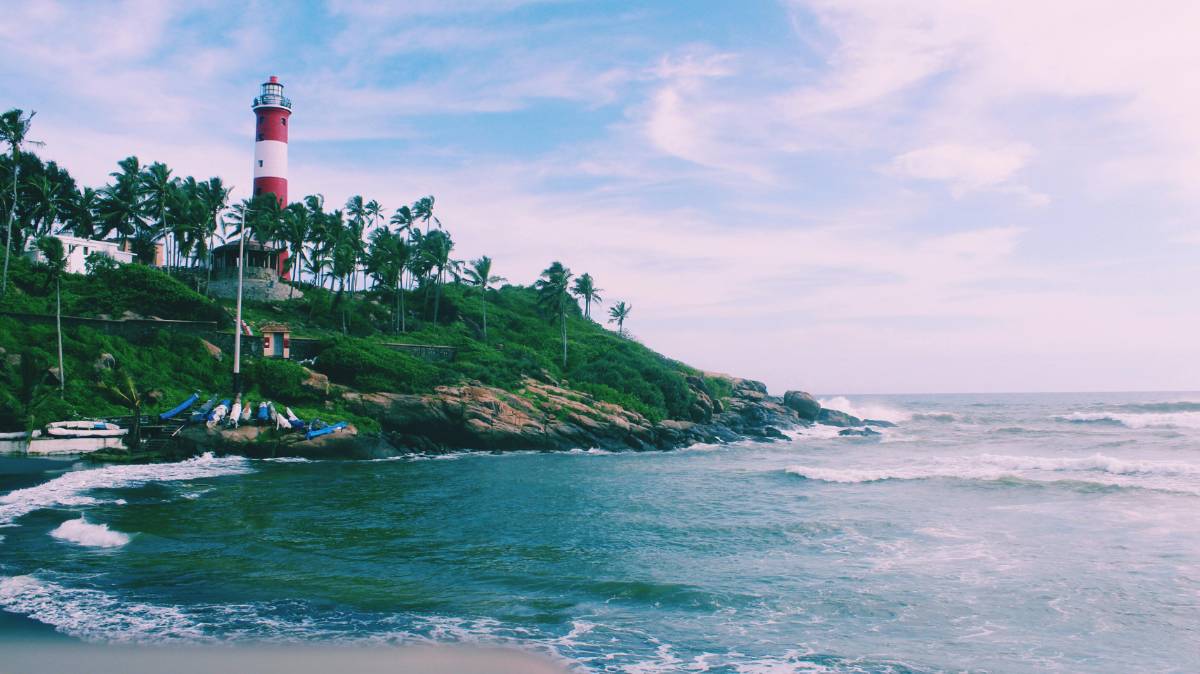The Making of a Hollywood Classic: How Iconic Movies Are Born
29 Aug 2025
Read Time: 6 min read
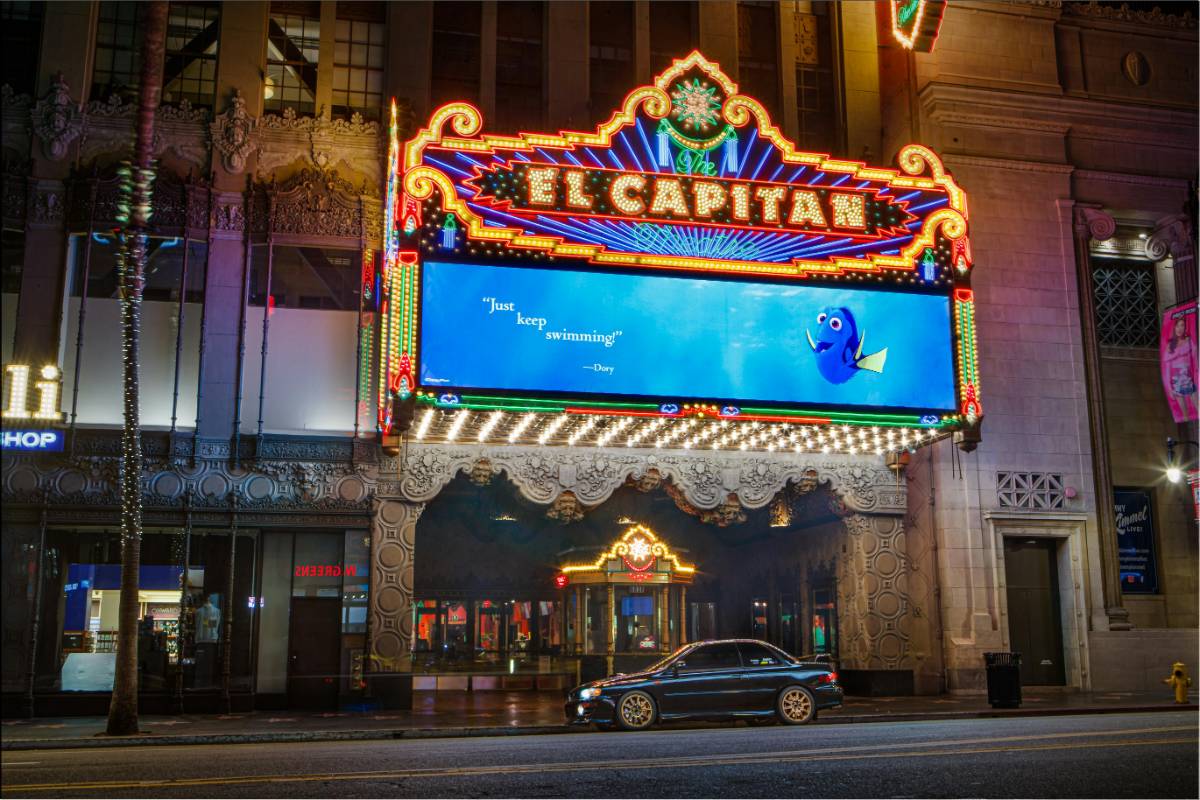
Hollywood classics are more than just movies; they are cultural touchstones that define eras and resonate with audiences for generations. But what goes into creating these timeless films? From visionary directors to groundbreaking scripts, here’s a behind-the-scenes look at the making of a Hollywood classic.
 The Visionary Director
The Visionary DirectorEvery iconic movie begins with a director who has a clear vision. Directors like Alfred Hitchcock, Steven Spielberg, and Christopher Nolan have proven time and again that a unique perspective can elevate a film to legendary status.
A director's ability to bring a script to life with innovative techniques, impeccable pacing, and a distinct visual style often determines whether a film becomes a classic.
The Perfect CastCasting is crucial to the success of any movie, and Hollywood classics are no exception. The right actors can transform a script into an emotional masterpiece, creating characters that audiences will remember forever.
Stars like Audrey Hepburn in *Breakfast at Tiffany’s* or Marlon Brando in *The Godfather* delivered performances that became iconic, thanks to their deep understanding of their roles and exceptional talent.
Behind every great movie is a great script. Classic films often feature dialogue, storylines, and themes that stand the test of time. Writers like Aaron Sorkin, Quentin Tarantino, and Nora Ephron have crafted scripts that not only entertain but also challenge and inspire.
Memorable lines like “Frankly, my dear, I don’t give a damn” from *Gone with the Wind* or “May the Force be with you” from *Star Wars* are proof of the enduring power of a well-written script.

💡 Discover More from Hollywood
Hollywood classics often push the boundaries of technology and storytelling. Films like *Jurassic Park* revolutionized CGI, while *The Matrix* introduced groundbreaking visual effects that set new industry standards.
The use of innovative techniques not only enhances the visual appeal but also immerses audiences in ways that redefine the cinematic experience.
Cultural Relevance and TimingSome films become classics because they capture the zeitgeist of their time. Movies like *Casablanca*, released during World War II, resonated with audiences by addressing themes of love, sacrifice, and patriotism.
The ability to reflect or challenge societal norms often cements a film’s place in history, making it relevant across generations.
The Role of Marketing and AwardsEven the greatest films need the right marketing strategy to reach their audience. A compelling trailer, iconic posters, and strategic release timing can build anticipation and ensure box office success.
Awards and accolades, such as Oscars, further solidify a film's status as a classic, recognizing its artistic and cultural significance.
Conclusion: Timeless AppealThe making of a Hollywood classic is a perfect blend of art, technology, and timing. From visionary directors to groundbreaking scripts and unforgettable performances, these films become cultural milestones that inspire and entertain for decades. The next time you watch a classic, remember the dedication and creativity that went into its making.
Stay Informed
Get the latest and most accurate news delivered straight to your inbox. Subscribe now and never miss an update.
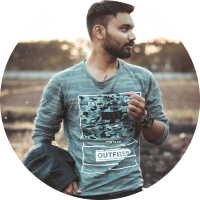
Rahul Sharma
An insightful voice in the industry, crafting content that informs, inspires, and connects with readers.
View all articles →Continue Reading

Travel
How to Make the Most of Business Class Benefits on Your Next Corporate Flight
By David Thompson
02 Oct 2025

Travel
How to Make the Most of Your Corporate Travel Perks – Expert Tips Inside!
By James Carter
31 Aug 2025

Travel
Exploring Indigenous Cultures: Destinations and Responsible Tourism Tips
By Rahul Sharma
20 Sep 2025

Travel
Why Your Corporate Travel Policy May Be Costing You More Than You Think
By David Thompson
18 Sep 2025

Travel
How to Make the Most of Your Airline Miles – Tips from Travel Experts
By Olivia Mitchell
23 Sep 2025

